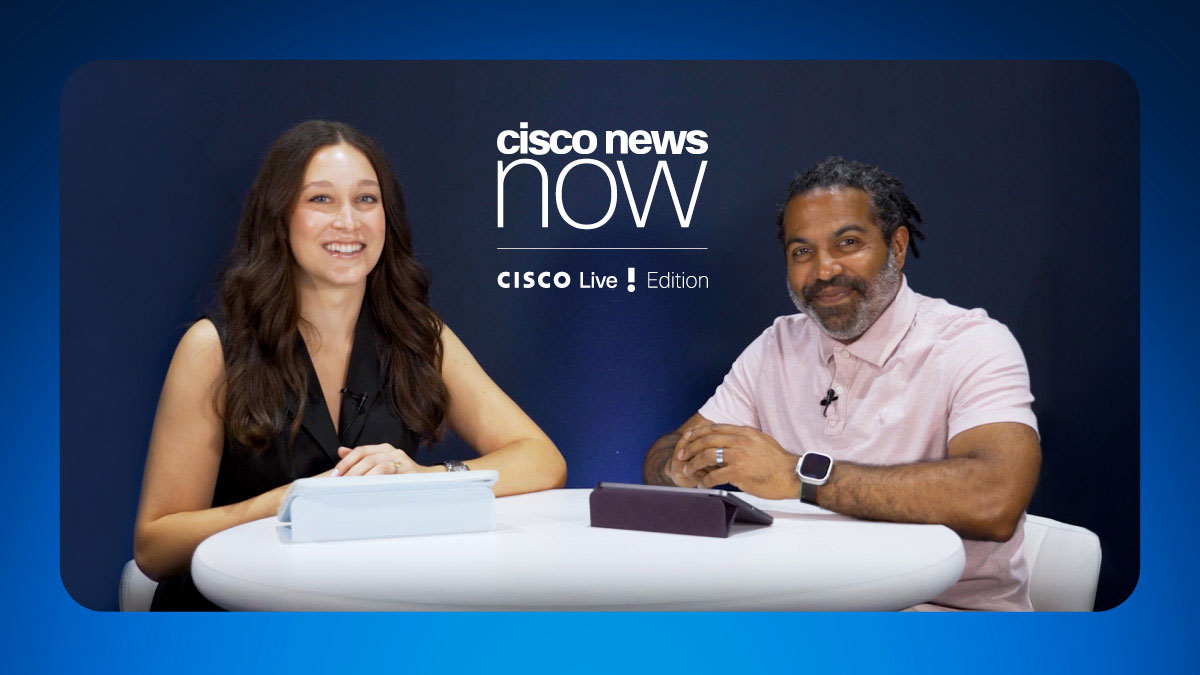MENLO PARK, Calif., April 20, 1992 -- The ability to filter information according to AppleTalk network "zones" -- logical areas into which the network is divided -- has been added to Cisco Systems' family of multiprotocol router/bridges.
Cisco, whose routers have supported Apple Computer's AppleTalk protocol since 1989, is the first multiprotocol router vendor to offer an AppleTalk zone filtering capability. Zone filtering is a standard feature available at no extra charge with Cisco's Release 9.0 router software, which begins shipping April 27.
Zone filtering takes advantage of the concept of zones, or logical groups -- e.g., engineering, payroll, MIS departments -- into which AppleTalk internetworks are divided (zones are listed on the Macintosh's Chooser menu). In traditional networks, where devices and subnetworks are assigned individual numbers but not logical groupings, the network administrator must tell the router the number of each resource or subnet users may access. With zone filtering, the AppleTalk network administrator can use a single command to permit or deny access to an entire zone.
Zone filtering has two major benefits for the AppleTalk network manager. It significantly simplifies network administra- tion by eliminating the entry of separate numbers for each device or network segment. If a new resource, such as a laser printer, is added within an existing zone, it is available to any user already allowed access to that zone.
By extension, this feature makes security breaches less likely. If a new file server on which key files reside is placed within a restricted zone, that information is automatically safeguarded from unauthorized access.
Larry Lang, Cisco product marketing engineer, said the implementation of AppleTalk zone filtering was strongly customer driven. "Most of our AppleTalk network installations use some level of packet or route filtering. For example, one customer filters traffic between MIS and engineering, ensuring that MIS reports are kept secure and that the whole network won't be brought down accidentally by some experiment that engineering is conducting. The two departments are set up as distinct zones separated by a third shared zone containing several servers. Neither department can access the other directly, but each can access the shared zone, using the file servers there as a `drop box' from which the other can retrieve information.
"Setting this up was a complex and cumbersome process for the network administrator," Lang said. "With the availability of zone filtering on Cisco routers it will be a much easier task."
Cisco began supporting AppleTalk in 1989 and implemented AppleTalk Phase II in 1990; the two versions are supported over Cisco's Ethernet, synchronous serial, token ring, X.25 and FDDI network interfaces. AppleTalk runs concurrently with more than 15 other Cisco-supported protocols, including TCP/IP, DECnet, XNS, OSI, X.25, Novell IPX and Banyan VINES.
Cisco Systems, Inc., is the leading global supplier of high- performance, multimedia and multiprotocol internetworking products, including routers, bridges, terminal servers and network management software. Cisco technology can be used to build enterprise-wide networks linking an unlimited number of geographically dispersed LANs. Cisco is publicly traded over-the- counter under the NASDAQ symbol CSCO.
Posted: Apr 21 10:35:28 1992



